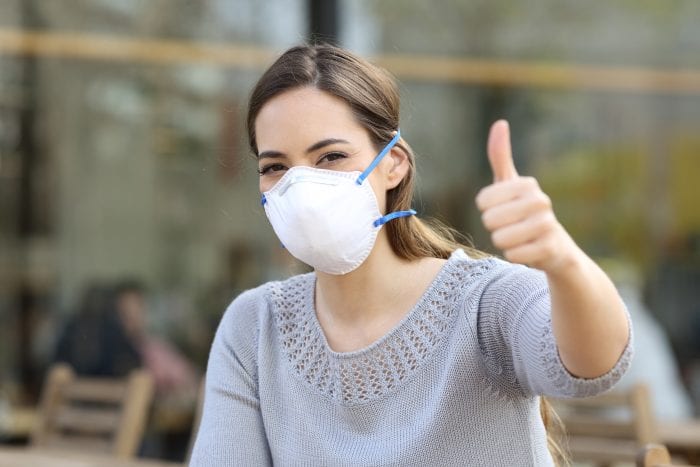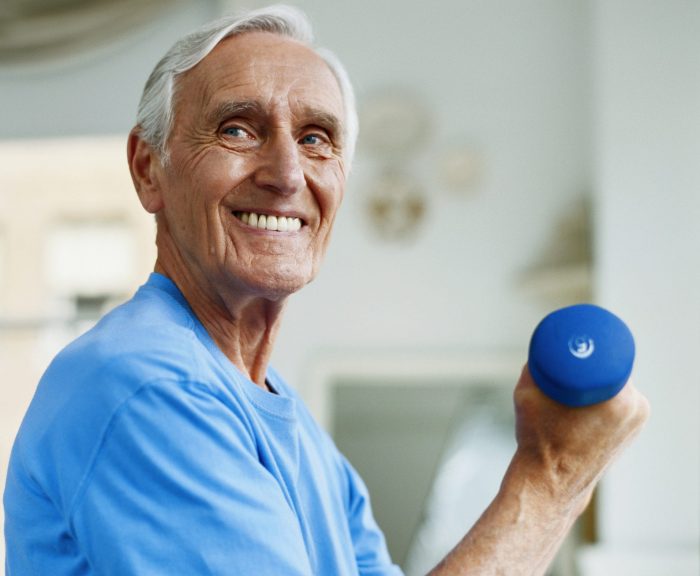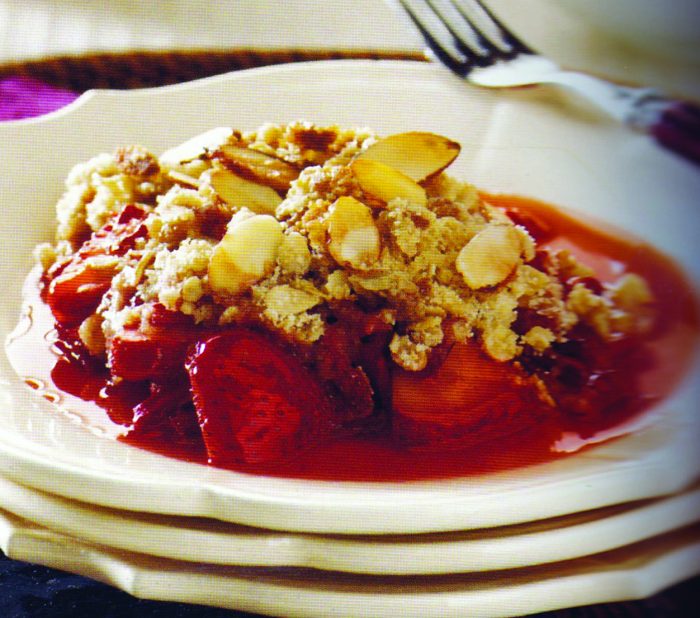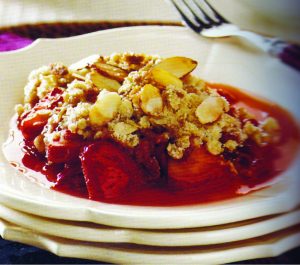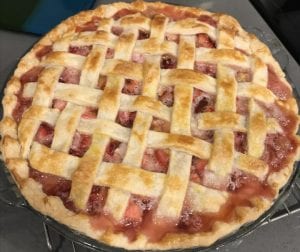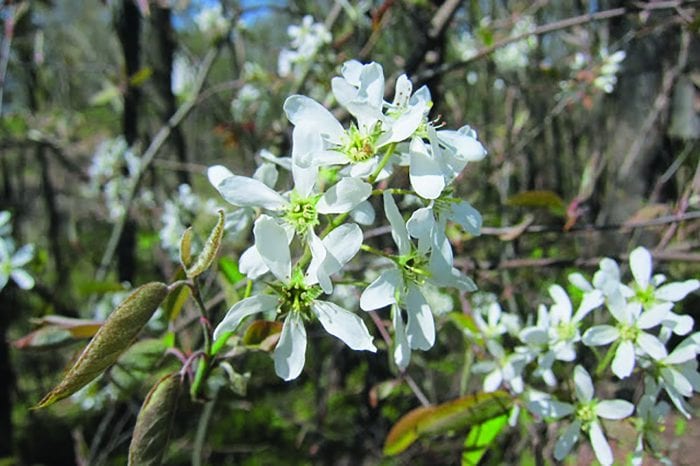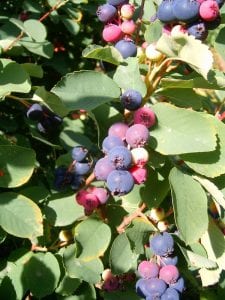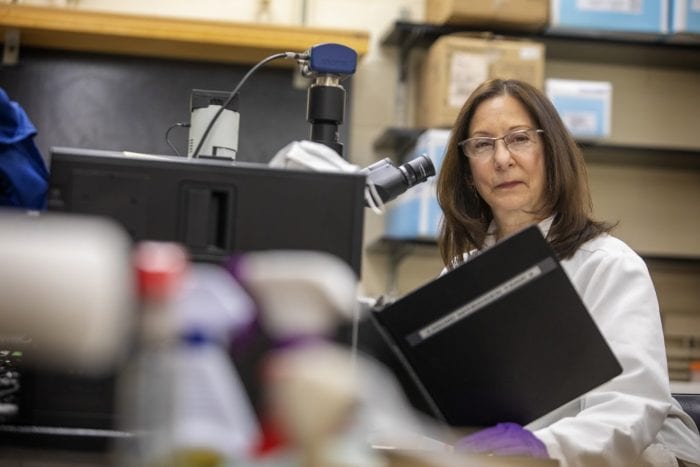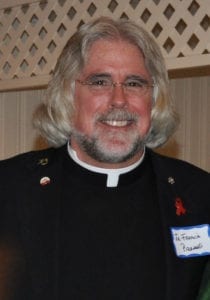By Daniel Dunaief

Hi, welcome to my store. It’s so good to see you after all these years. It hasn’t been years, I know, but it just feels like it because I’ve been a prisoner at home with my teenage children who have decided they are allergic to cooking, cleaning or almost anything else that has to do with helping around the house.
But, hey, this isn’t about me, it’s about you. You’re looking well, thank goodness. That’s the most important thing, right? This virus has been so hard on everyone, but I promised I wouldn’t say anything about the virus today.
Anyway, we have decided to move to a high touch environment because we can only have two people in our store at a time and one of them is me, which means you’ll have to leave the child you’re carrying in the stroller outside.
You don’t have a stroller? No problem. I have a disinfected stroller just for this occasion that I can bring out from the back for you. In fact, I’m happy to sell it to you at a bargain price because I haven’t sold much of anything these days. I tried selling food to my teenage kids, but they just said I was a terrible cook, they weren’t hungry or they would be in their rooms and I shouldn’t bother them until 2021.
Oh, wait, there, I did it again. I’m so sorry. Silly me, I’m talking about myself. And, whoops, I see from your frown that you’re not happy I touched your shoulder when I made that joke. I have to make sure I socially distance. In fact, I have this new touch-the-shoulder-in-a-joking-way stick that’s exactly six feet long which I would also be happy to sell to you. I know it looks like two yard sticks taped together, which it kind of is, but it guarantees that you’ll be six feet away from everyone else.
Yes, of course, I’m fine. Why do you ask? I’m so happy we’re entering Phase Two this week, you know? It’s a relief. I’m desperate for a haircut and I’m sure you are, too.
No, I didn’t mean to say that I thought you needed a haircut. Your hair looks great and the customer is always right.
Anyway, so I see you’re looking at those boots over there. What an excellent choice! You clearly have an eye for high fashion. I’m sure my daughter, who is on the other side of the plexiglass, wouldn’t mind taking them off and selling them to you.
Oh, you want new ones? Well, that may take a while because our shipment is in quarantine. Oh, no, wait, the shipment hasn’t even reached quarantine yet, so, ha ha, how about if you glance through the rest of the store while I pretend to read this dystopian book that I thought might be a good idea before we started to live in a dystopian society.
What’s that? Oh, well, I’ve had a few cups of coffee this morning because I thought I’d need to be my sharpest and this stupid book kept me up all night. But, hey, I’m like a phoenix, returning to the world of selling and socializing and connecting with my customers, because that, after all, is the key to being successful in business.
Wait, no, please, don’t leave. I know your child is outside screaming. You can bring her in. It’s fine, really. In fact, can I give you a hug? I was kidding. That was a test and you passed, so, yay for you.
Oh, I see you’re really going. Well, tell your friends about the store. Did I mention that your hair looks great?


